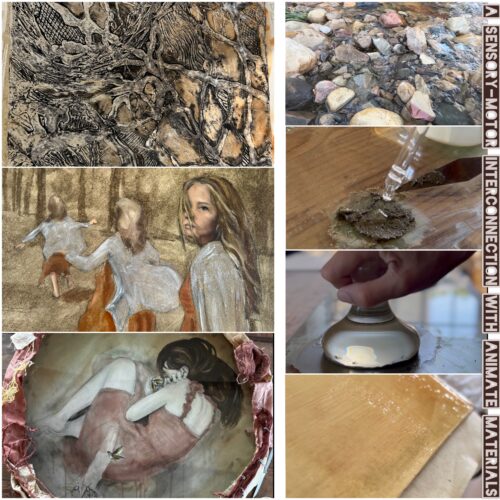
An intimate view of Ensor
In the list of famous Belgian artists, James Ensor (1860-1949) is one of the most well known along with Rubens, Breughal, Bosch, van Eyck and a host of Flemish primitives. In the 20th Century there was Rene Magritte, Paul Delvaux, Luc Tuymans and of course Hergé, creator of the comic book character Tintin the boy detective. 
James Sydney Ensor was born in Ostend to a Flemish mother and an English father and lived above his mother’s novelty and souvenir shop. Here they sold carnival masks, shells and assorted items to the tourists that flocked to this Belgian seaside resort. After attending art school he worked as a realist painter, painting the people and activities of the area. The subject matter of his later paintings then became more imaginative, satirical and expressive as he explored the fantastical and the grotesque. Artist’s houses and studios hold a fascination and it is often inspirational to see the surroundings in which an artist created their best work. Ensor’s house and Museum in Ostend, which is open to the public, is just such a place. The building is not however his Mother’s original shop but rather his Uncle’s novelty shop which Ensor inherited in 1917 and where he lived for the rest of his life. With his most productive period behind him and his reputation made, the artist no longer needed to work behind the counter so he closed up the shop but kept the contents and fittings intact.
Although the furnishings are a reconstruction, the shop, its contents and the living quarters above are faithfully reproduced to give a feeling for the period and the domestic life of the artist. On the first floor is the living room where he painted and entertained, now less cluttered than it would have been but still recognizable from photographs of the period with its heavy Fin de Siècle furniture and the harmonium in front of a replica of his large painting ‘The Entry of Christ into Brussels’ (1888-9). The original was sold to the Getty Museum in California.

The house has been returned to its end of century grandeur. Heavily curtained rooms and patterned wallpaper and carpets were the setting for many of Ensor’s darkly painted interiors that so evoke the middle class respectability of Belgium at that time. His early salon paintings show his family members sitting in such rooms and the boredom evoked in the scenes was probably intended to show the repressed atmosphere behind closed doors.
Life on the street however was far from repressed and when the resort burst into life in the Summer Season, Ensor would help out in his Mother’s shop selling carnival masks and exotic paraphernalia. He participated enthusiastically in the artistic life of Ostend and together with friends started the now famous carnival parade Le Bal du Rat Mort after a visit to a Montmartre cabaret of the same name. Crowd scenes were a feature of his paintings and etchings. There was a Carnival atmosphere all around in the streets of this seaside resort and in ‘The Entry of Christ’s into Brussels’ a unstoppable human crowd advances towards the spectator overwhelming the tiny figure of Christ on a donkey. Ensor may be seen to identify with the suffering of Christ, his paintings having been first ignored and rejected. 
So, if you find yourself in Ostend , walking down the Rue de Flanders and encounter an old fashioned shop selling carnival masks, shells, trinkets, skulls and other novelties and you venture in, you will be transported into the phantasmagorical world of a great artist. And if you listen to the chimes from the Cathedral clock, at noon, they will be playing song La Gamme d’amoure in honor of one of Belgium’s most famous painters.






This is a fascinating and informative account of Ensor’s life and place of work. He was just painting the everyday life around him but, lucky for him, it was so visually interesting. I wonder what he would have painted had he been brought up in the countryside.
Thank you Jim! As Olivia says, this is a fascinating and informative account, and of an artist and place I didn’t know about. I hope to visit Belgium next year, so I’ve added Ensor’s shop to my list of places to visit.
A very informative account.Thanks for introducing me to Ensor!